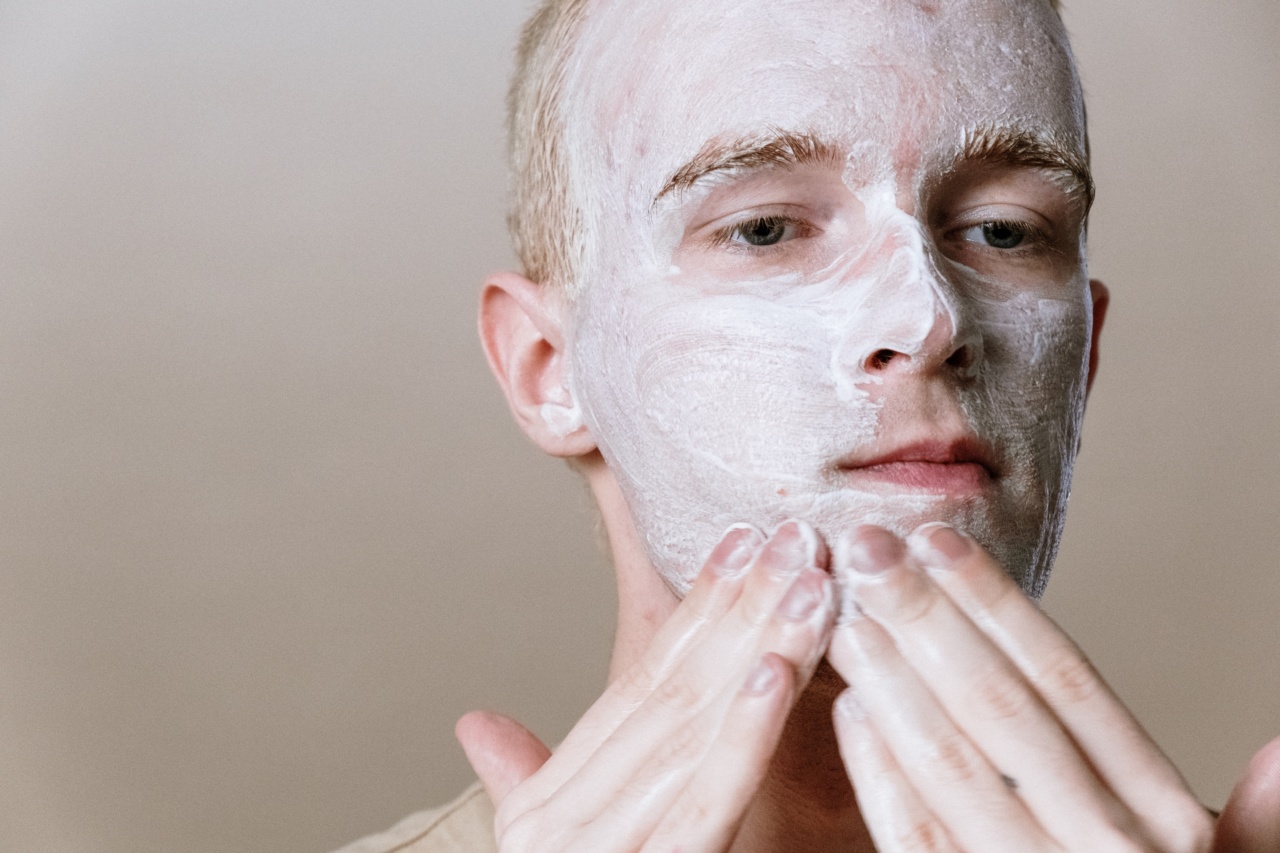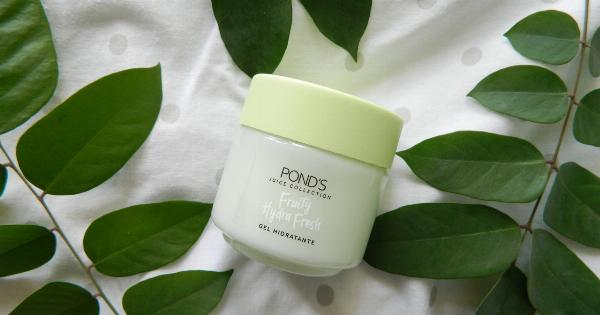Facial cleansing is one of the most important steps in any skincare routine. It helps in removing dirt, oil, makeup, and other impurities from your skin, leaving it clean, fresh, and healthy-looking.
Although facial cleansing seems like a simple process, there are some techniques, tips, and tricks that you should know to get the most out of it. In this article, we will provide you with the ultimate guide to facial cleansing, including everything you need to know to achieve clean, healthy, and glowing skin.
Why is facial cleansing important?
Facial cleansing is a critical step in any skincare routine for several reasons. First, it helps in removing dirt, sweat, and other impurities that accumulate on your skin throughout the day.
These impurities can clog your pores, leading to blackheads, whiteheads, acne, and other skin problems. Second, facial cleansing helps in removing makeup, which can clog your pores and cause irritation or allergic reactions. Third, cleansing prepares your skin for other skincare products such as exfoliators, serums, and moisturizers.
If you apply these products on dirty or oily skin, their effectiveness will be reduced. Finally, facial cleansing helps in maintaining the natural pH balance of your skin, which is essential for healthy skin.
What are the different types of facial cleansers?
When it comes to facial cleansing, there are various types of cleansers you can choose from. Here are some of the most common types:.
Gel Cleansers
Gel cleansers are water-based cleansers that are ideal for oily and acne-prone skin. They are lightweight, and they remove excess oil and impurities without drying out your skin.
They usually contain ingredients such as salicylic acid and benzoyl peroxide, which help in controlling acne breakouts.
Cream Cleansers
Cream cleansers are ideal for dry and sensitive skin. They are thick, creamy, and gentle, and they remove dirt and makeup without stripping your skin of its natural oils.
They usually contain nourishing ingredients such as shea butter, glycerin, and ceramides, which help in hydrating and soothing dry skin.
Foam Cleansers
Foam cleansers are water-based cleansers that are ideal for normal to combination skin. They are lightweight, and they lather up to remove dirt and impurities from your skin.
They usually contain ingredients such as glycolic acid and AHAs, which help in exfoliating and brightening your skin.
Oil Cleansers
Oil cleansers are ideal for all skin types, including oily skin. They are usually made from natural oils such as jojoba oil, argan oil, and coconut oil.
Oil cleansers work by dissolving and breaking down makeup, dirt, and excess oil on your skin, leaving your skin clean and nourished.
Micellar Water
Micellar water is a gentle, water-based cleanser that is ideal for all skin types, especially sensitive skin. It contains tiny micelles, which are tiny oil molecules that attract and remove dirt, makeup, and impurities from your skin.
Micellar water is ideal as a pre-cleanser or a makeup remover.
How to choose the right facial cleanser?
Choosing the right facial cleanser is essential for healthy and beautiful skin. Here are some tips on how to choose the right facial cleanser for your skin type:.
Know your skin type
The first step in choosing the right facial cleanser is to know your skin type. Are you oily, dry, sensitive, or combination? Each skin type has unique needs, and you should choose a cleanser that meets those needs.
For example, if you have oily skin, you should choose a gel or foam cleanser that helps in controlling oil and preventing acne breakouts. If you have dry skin, you should choose a cream cleanser that hydrates and nourishes your skin.
Read the ingredients
When choosing a facial cleanser, you should read the ingredients carefully. Look for ingredients that address your skin concerns and avoid harsh ingredients that can irritate your skin.
For example, if you have acne-prone skin, you should look for cleansers that contain salicylic acid or benzoyl peroxide. If you have sensitive skin, you should avoid cleansers that contain fragrances or alcohol.
Consider the texture
The texture of your cleanser is also essential in choosing the right cleanser. If you prefer a lightweight texture, you should choose a gel or foam cleanser. If you prefer a thick and creamy texture, you should choose a cream cleanser.
If you prefer a natural texture, you should choose an oil cleanser.
How often should you cleanse your face?
The frequency of facial cleansing depends on your skin type, lifestyle, and skincare routine. Here are some general guidelines:.
Oily skin
If you have oily skin, you should cleanse your face twice a day: in the morning and evening. Cleansing your face in the morning helps in removing excess oil and impurities that have accumulated overnight.
Cleansing your face in the evening helps in removing makeup, dirt, and impurities that have accumulated throughout the day.
Dry skin
If you have dry skin, you should cleanse your face once a day, preferably in the evening. Over-cleansing can strip your skin of its natural oils, leading to dryness and irritation.
Normal to combination skin
If you have normal to combination skin, you can cleanse your face twice a day or once a day, depending on your lifestyle and skincare routine. If you wear makeup or work out regularly, you should cleanse your face twice a day.
If you have a simple skincare routine, you can cleanse your face once a day.
How to cleanse your face properly?
Facial cleansing is not just about washing your face with water and soap. To get the most out of facial cleansing, you should follow these steps:.
Step 1: Remove your makeup
If you wear makeup, the first step in facial cleansing is to remove your makeup. You can use a makeup remover or micellar water to remove your makeup. Apply the product to a cotton pad and gently rub it over your face until all the makeup is removed.
Step 2: Wet your face
After removing your makeup, wet your face with lukewarm water. Avoid using hot or cold water, as they can dry out or irritate your skin.
Step 3: Apply your cleanser
Apply a small amount of your facial cleanser to your fingertips and massage it gently onto your face in circular motions. Pay special attention to your forehead, nose, and chin, which are the areas that are most prone to oil, dirt, and impurities.
Step 4: Rinse your face
After massaging your face with your cleanser, rinse your face thoroughly with lukewarm water. Make sure to remove all the cleanser from your face, as leftover cleanser can clog your pores and cause breakouts.
Step 5: Pat your face dry
After rinsing your face, pat your face dry with a soft towel. Avoid rubbing your face with a towel, as it can irritate your skin.
Step 6: Follow up with your skincare routine
After cleansing your face, you should follow up with your skincare routine. This may include exfoliation, toning, serums, and moisturizers. Make sure to use products that are suitable for your skin type and that address your skin concerns.
Conclusion
Facial cleansing is an essential step in any skincare routine.
Choosing the right facial cleanser for your skin type, knowing how often to cleanse your face, and following the proper facial cleansing techniques are essential in achieving healthy, clean, and glowing skin. By following the tips and tricks provided in this article, you can achieve the best results from your facial cleansing routine.




























